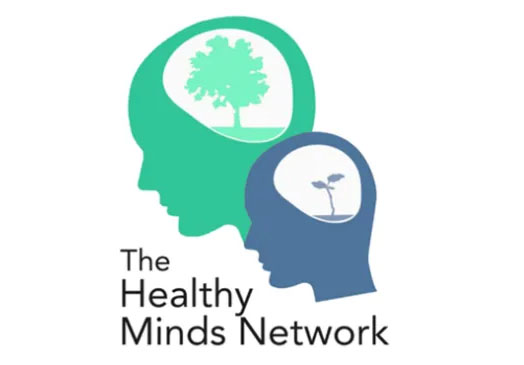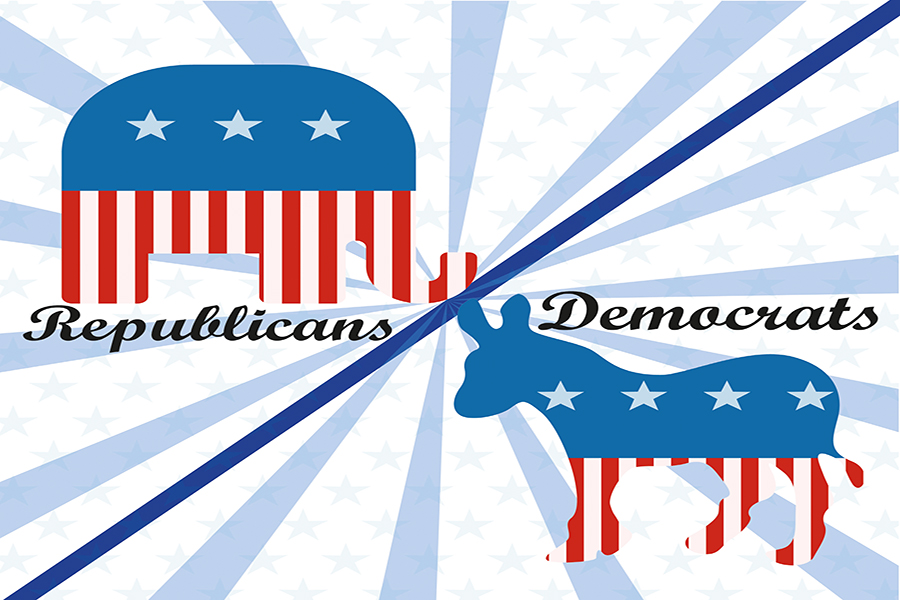We avoided the catastrophic effects of the fiscal cliff in December. We did not hit the ground with a thud. In yet another instance of D.C. deadlock, congress worked out a deal just in time. Their next bicker fest will be the back and forth over the debt ceiling, which will likely come to a head in late February.
Ceilings and cliffs have become so visible to us. They’ve dominated our headlines for the past couple years; so much so that it seems we can’t go a day without the fear of falling into an abyss or bumping our heads on the barrier above them. Yet the specifics of the financial issues at hand are obscured behind such labels as “fiscal cliff” and “debt ceiling” and we feel afraid of the unknown.
The shared sense of knowing we are financially unhealthy gives us the feeling that the ground beneath us is unstable, and it should. We have a sense that we are on shaky ground, and we are. But cliffs and ceilings don’t paint the entire picture of our instability.
What has not dominated our headlines is a crisis stemming from the economic fallout of 2008. That is the crisis of long-term unemployment.
Those who have been unemployed for six months or longer are considered long-term unemployed.
According to the national data from the Bureau of Labor statistics, as of December 2012, 4.8 million people were in this situation. The national unemployment rate is at 7.8 percent, a figure that has slowly improve throughout the recovery. The long-term unemployed comprises a jarring 39.1 percent of the total number of unemployed. And for them, there has been no recovery.
Reality is much worse than the statistics. Those are numbers of people who are in the labor force actively looking for work. What happens when people drop off the radar and give up looking? Where do they go and what do they do?
Of the stories that have been told, we know that the longer one goes without work, the more difficult it is to find it. Many of these people are going without health insurance or putting off necessary medical care. The stress is taking a physical toll on their bodies and, as days turn into months, dignity and self-worth are stripped away. Those who are able to collect unemployment find themselves choosing between basic needs and racking up credit card debt. It’s an unsustainable and paralyzing situation.
Perhaps the most cruel phenomenon is the discrimination experienced by the long-term unemployed. A widely publicized study released in October 2012 by a student and professor at the Federal Reserve Bank of Boston shed light on the stigma of being without work for a long period of time. It isn’t merely a skills gap as the media has long been reporting. The study demonstrated that those who need work most are assumed to be damaged by HR officials. Time out of work is the scarlet letter of our day.
Cliffs and ceilings are important and very much connected to the situation and fate of the unemployed. In fact, the fiscal cliff deal threw a few crumbs at the unemployed by extending their benefits, but the story of long-term unemployment must become visible. And while statistics are important, what changes policy and causes public outcry are faces, voices, and accounts of the effects on the lives of real people.
Where are their stories?


























